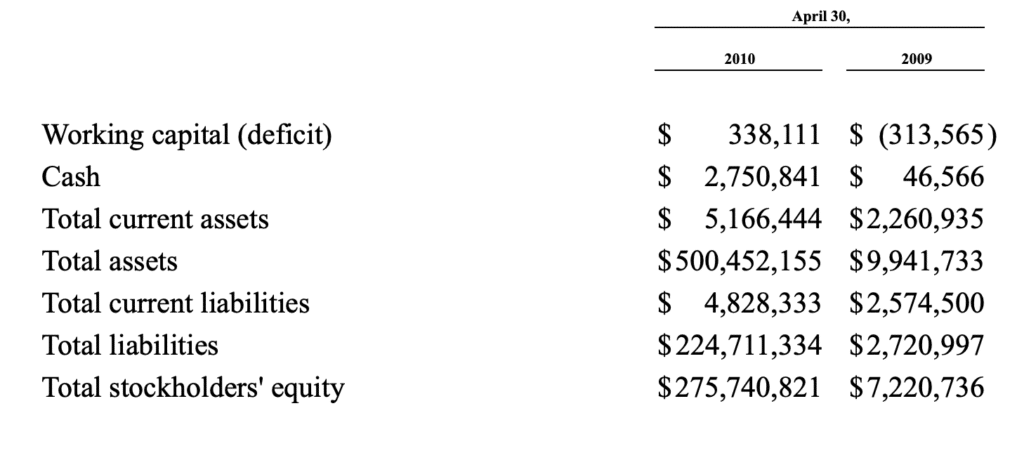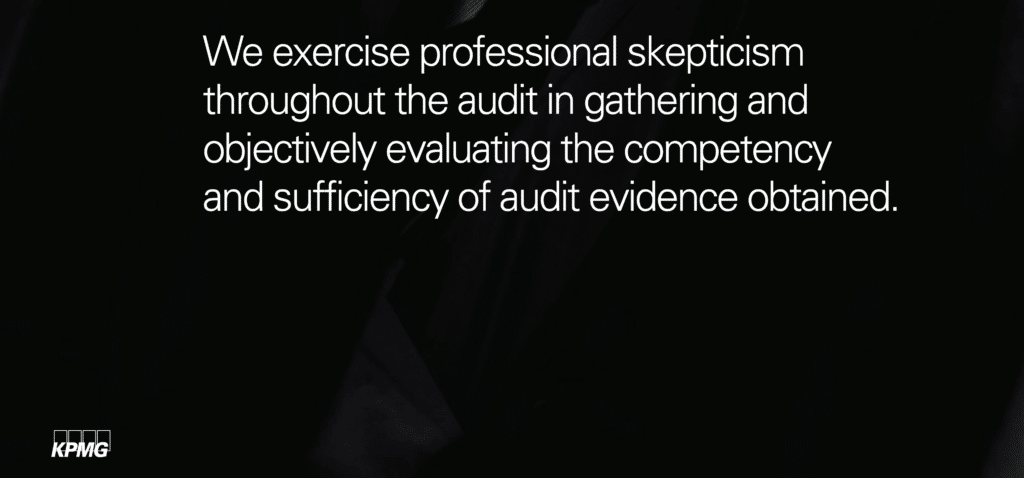It was a Tuesday evening in May, and his first time out fishing this season. The spring-summer Chinook were just beginning their treacherous journey back to their natal spawning areas.
His shoulders tensed as he pushed the net deeper. With each passing stroke, Tuell, 53, a member of the Nez Perce tribe, settled into a rhythm with his net, becoming less an intruder on the river and more a natural part of its ecosystem.
Crouched on the rocks behind him was his girlfriend’s 12-year-old son, Nat’aani McCaskey. Decades ago, Tuell had been taught to fish along this same waterway by his uncle, and he was now passing that knowledge on.
“If we want to have the way of life we have now, or the life we used to have, he’s got to learn to do it now and do it right so he’s not wasting fish or doing it for the wrong reasons,” explained Tuell, who also serves as production division deputy director for the tribe’s fisheries department.
Not quite big enough to manipulate the pole himself, Nat’aani held a knife and club, ready to take over once Tuell caught a salmon. He listed off the steps: “Hold it by its tail, club it, cut its gills out, and then put it in the ice.”
But the opportunity never came. After nearly two hours, with sweat glistening across Tuell’s forehead, the pair weren’t able to catch a single salmon.
•••
It’s a scene that has increasingly played out in recent years across the 1,078-mile Snake River and some of its tributaries, due in large part to four towering and closely spaced dams in eastern Washington state. The dams act as massive hurdles to the salmon’s migration.
Today, experts have voiced concern that the salmon are headed toward a point of no return.
The loss of these anadromous fish along a waterway that twists through western Wyoming, Idaho, Washington and Oregon, would wreak havoc on over 130 species that depend on salmon – from salamanders to whales – and leave a gaping hole in a region that prides itself on hosting them. Thirteen populations of Columbia-Snake salmon and steelhead are protected under the Endangered Species Act.
It puts us in a situation where we start asking the question, who would we be if we didn’t have salmon?
Alyssa Macy
But for the Nez Perce community and other Columbia River basin tribes, whose physical sustenance and cultural and spiritual practices have been tied with salmon for millennia, it would be pure devastation.
“It puts us in a situation where we start asking the question, who would we be if we didn’t have salmon? If they became extinct, then as salmon people, who would we become?” said Alyssa Macy, CEO of the Washington Environmental Council and a member of the Confederated Tribes of Warm Springs. “Obviously, that’s a question that none of us want to answer.”
•••
Just as the situation reaches a fever pitch, an unlikely pair of bipartisan US congressmen out of Idaho and Oregon have come on to the scene, championing a $33.5bn solution centered on breaching the four dams.
Mike Simpson, the Republican congressman from Idaho who first introduced the proposal, is resolute in his efforts to get ahead of what he described as an impending “train wreck”: the Bonneville Power Administration – the federal agency which markets electrical power from 31 hydroelectric dams – facing key financial problems due in part to salmon mitigation costs, or the dams being removed without any thought to the communities and industries that rely on them, or ultimately the salmon disappearing altogether.
While many different political choices can be made, “salmon don’t have a choice”, he said. “They need a river. And right now, they don’t have a river.”
The dams back up the water flow for miles, increase water temperature and create an overall much longer and thus more dangerous journey for them, explained Jay Hesse, director of biological services for the Nez Perce tribe.
Mitigation efforts involve a complex and costly system of fish ladders for adults, spillways for juveniles to get through, a barge transporting them down river, and even wires and loud noises to keep predators away.
The proposal to breach the dams is timely: the Biden administration has signaled an appetite for big spending on infrastructure; the flood of renewables have created uncertainty for hydropower; and leaders in a wide array of sectors have signaled interest in finding solutions, explained David Moryc, senior director of wild and scenic rivers and public lands policy at the non-profit conservation organization American Rivers.
In other words, he said, there’s a unique merging of both crisis and opportunity.
•••
Salmon don’t have a choice. They need a river. And right now, they don’t have a river
Congressman Mike Simpson
In north-east Oregon, the creation story for the Confederated Tribes of the Umatilla Indian Reservation begins with a sacrifice by the salmon, explained Don Sampson, a member of the tribe and an advisory board member for the Northwest Tribal Salmon Alliance. Out of a crowd of animals, they were the first to respond to a call from the Creator warning that the humans were coming and would need nourishment.
The story goes that the salmon’s responsibility would be to travel through the waters, ingesting food in order to provide nourishment to humans. In exchange, the tribe was given the sacred duty of taking care of the salmon and honoring them through prayer and ceremony.
“This is part of our religious belief. We do it every Sunday at our church,” said Sampson. “We sing our ceremonial songs. We teach our kids about who they are by these religious beliefs and the relationship to the animals and the plants. And that is our identity.” Similar stories can be found across the Pacific north-west.
For thousands of years, both the salmon and humans remained largely in step. The Native communities would eat what they needed, while large portions of the population would be left to complete their lifecycle of hatching in fresh water, traveling downstream to the ocean and then returning to their birthplace to spawn and die.
But a little over a century ago, the situation started to shift. Initially, largely unregulated commercial fishing fueled by the expansion of salmon canneries resulted in the population declining. In the years that followed, the runs were further strained by habitat loss.
By 1975, the US army corps of engineers completed construction of a series of four dams across just 137 miles of the lower Snake River in Washington in an effort to produce renewable energy while facilitating barge transportation.
After construction of the dams was completed, wild salmon returns fell by more than 90%, according to American Rivers. The Idaho Conservation League reported that before the dams, about 1.5 million spring-summer chinook salmon returned each year to the Snake River. By 2017, only about 5,800 wild spring-summer chinook completed that journey.
The impact is especially evident when looking at the smolt-to-adult returns below the dams, compared with above. While 3.5% of salmon survive the ocean and make it through three dams to return to the John Day River to spawn, only 2.4% return to the Yakima River after passing through four dams (2% is considered the minimum needed for salmon persistence). By comparison, less than 1% of salmon return to the Snake River after crossing eight dams, according to Trout Unlimited, a conservation non-profit organization.
The dams are spaced so closely that they have created a type of “pressure point” for the salmon population, explained David Montgomery, author of King of Fish: The Thousand-Year Run of Salmon. Removing them wouldn’t get rid of all of the historical impacts that there have been, according to him, “but it’s an impact that can be undone in a single stroke that is acknowledged to be very likely to have a major effect”.
•••
Last February, 68 of the country’s top salmon and fisheries experts sent a letter to north-west leaders stating that in order to avoid extinction and restore the once abundant salmon runs, these four dams would need to be removed. Two months later, the American Rivers listed the Snake as the country’s most endangered river, citing the dams, along with the climate crisis and poor water quality, as its biggest threats.
A Columbia River system impact statement last year reported that breaching these dams would have the greatest positive impact on Snake River salmon. But the report, which was authored by the US army corps of engineers, Bureau of Reclamation and Bonneville Power Administration, ultimately did not endorse such a plan due to the “adverse impacts to other resources such as transportation, power reliability and affordability, and greenhouse gas emissions”.
In 2016, it was reported that the four dams were producing on average over 1,000 megawatts of energy each year – or enough to power 800,000 American homes. But as the renewable energy sector continues to shift and hydropower competes against low-cost renewable energy, including solar and wind, there is some uncertainty when it comes to what the future will look like for the industry.
Against this backdrop, more than $17bn has been spent in recent decades as part of federal salmon recovery efforts.
The local tribes have contributed through habitat recovery efforts and extensive salmon hatchery work. The Nez Perce Tribal Hatchery has been working toward releasing 825,000 Spring Chinook this year – 200,000 more than last year.
•••
Erik Holt, a member of the Nez Perce tribe and its fish and wildlife commission chair, was seven the first time he caught a salmon. It was the summer of 1977, and he and his family had hiked the two miles up to the Blue Hole on the Imnaha River, a tributary of the Snake River, in Oregon.
Clutching an 18ft gaff and tied to his grandpa to make sure he didn’t fall in, Holt struggled against the strength of the creature.
“I could feel the power and the spirit of it all because it just absorbs you,” Holt said. “Even as a young boy, I could feel that.”
We ceded 13m acres to the US government to be held in trust for our way of life. That way of life included salmon
Shannon Wheeler
Since then, he’s worked to introduce the tribe’s younger generations to fishing, including his 10-year-old nephew. He’s taught him the basic mechanics of the practice, and also about how to treat such a sacred place:
“When you get to the river, you pray for your pole and then you put it in the water and you say another prayer … [Then] you got to get in the water yourself. And that’s what we call washing the bad medicine away. Before you even go fishing, you get in that water, you wash off and purify yourself.”
Holt’s nephew was excited to travel out to the Clearwater, a tributary of the Snake in Idaho, to carry on the tradition. He had his hook, line and mini dip net ready to go when Holt broke the news that the fishery had been closed because of the lack of salmon.
He said it was “devastating” to have to explain it to him and see the forlorn look on his face.
Already this season, the Nez Perce tribe has closed virtually all of the lower Snake River to fishing, along with most of the middle and upper parts of the Salmon River, in an effort to protect the salmon. The Clearwater has recently been opened, but with very limited harvest.
These closures can affect Native families’ ability to travel out together to fish and share songs and prayer, and also the tribe’s ability to feature the salmon in their first foods ceremonies and funeral services, explained Shannon Wheeler, the Nez Perce tribal vice-chairman.
The possibility of losing salmon altogether also gets in the way of treaties the federal government signed with Nez Perce and many other local tribes. About 150 years ago, they fought to secure rights to fish these waterways. Having to close down fisheries because there’s not enough salmon is a huge infringement on crucial contracts.
“In that treaty, we bargained for a way of life,” said Wheeler. “We ceded well over 13m acres of land to the United States government, to be held in trust for our way of life. That way of life included salmon.”
•••
The fight to remove these dams is more than just about the survival of salmon. It’s also about the cultural impact these structures have had on the surrounding Native community.
Standing on a dock in the middle of a largely motionless section of the Snake River in Colton, Washington, Louis Reuben looked out on to what had once been his ancestors’ home. He pointed out the spot he believed had held a series of rock formations perfect for fishing, and the hills that may have housed graveyards.
But it’s difficult to be sure, he explained, as the winter home for the Wawawai Band of the Nez Perce is now underwater due to the dams.
“The dams displaced us, disconnected us from our place of origin for me,” said Reuben, a Nez Perce tribal member and descendant of the Wawawai Band of the Nez Perce. “It’s difficult to go back to a place that’s underwater. It really kind of put a huge dent in my identity as an Indigenous person.”
For Reuben, a free-flowing Snake River would finally give him the chance to return to the cave where his great-grandfather was born, and the place where his ancestors lived before being moved on to the reservation.
In April, representatives from 12 tribes located throughout the north-west devoted two days to discussions on breaching these dams and the overall proposal first presented by Mike Simpson and then supported by Congressman Earl Blumenauer, a Democrat from Oregon.
Simpson is resolute in his effort. “Everything we do on the Lower Columbia and Snake River can be done differently if we choose to do it,” he told the Guardian.
Kat Brigham, the Confederated Tribes of the Umatilla Indian Reservation board of trustees chair, said that they support the proposal, applauding the lawmakers for thinking outside the box. She highlighted the fact that there have been periods where parts of the Columbia River basin had no salmon runs, but they were able to rebuild them.
“We know it’s possible,” she said. “But we have to do it together. No tribe, no state, no federal agency, or no individual organization can rebuild these runs. It has to be collaborative, partnership approach.”
In addition to breaching the dams, the proposal would include funds to replace the energy lost and help the agricultural community reconfigure transportation. But it would also involve waiting about 10 years before the dams are breached, offer a 35-year license extension for other dams in the Columbia River basin and provide a 35-year dam litigation moratorium.
Some stakeholders still have plenty of questions about its viability.
In May, Washington’s governor, Jay Inslee, and Senator Patty Murray released a statement rejecting the proposal.
Kristin Meira, executive director for Pacific Northwest Waterways Association, made up of ports, barge companies, steamship operators and farmers, also spoke out against the proposal, citing the toll it would take on hydropower and barge transportation.
More than a dozen environmental organizations sent a letter in March to Democratic lawmakers in Washington and Oregon explaining that while they support removing the four dams, it should not be at the expense of environmental protections.
Simpson said that he put the proposal out there to continue the discussion and is open to hearing ideas and suggestions. But after about 500 meetings with tribes, environmental groups, state representatives and a variety of other stakeholders over the last three years, he said it was clear that salmon recovery will need to involve removing these dams.
•••
Back at Rapid River, Tuell lifted up his dip net and began the short walk with Nat’aani through the high grass away from the river. The sound of water crashing against rocks and branches slowly began to dim.
Nat’aani turned to Tuell: “Next week might be better.”
The two continued on in silence. The uncertainty of the season ahead hung in the air.






















